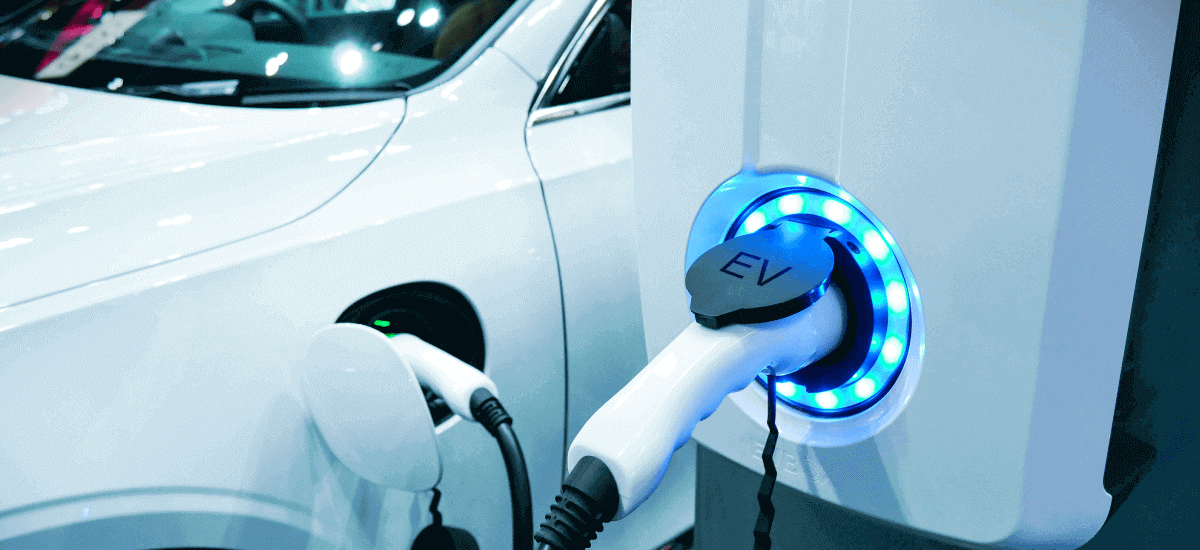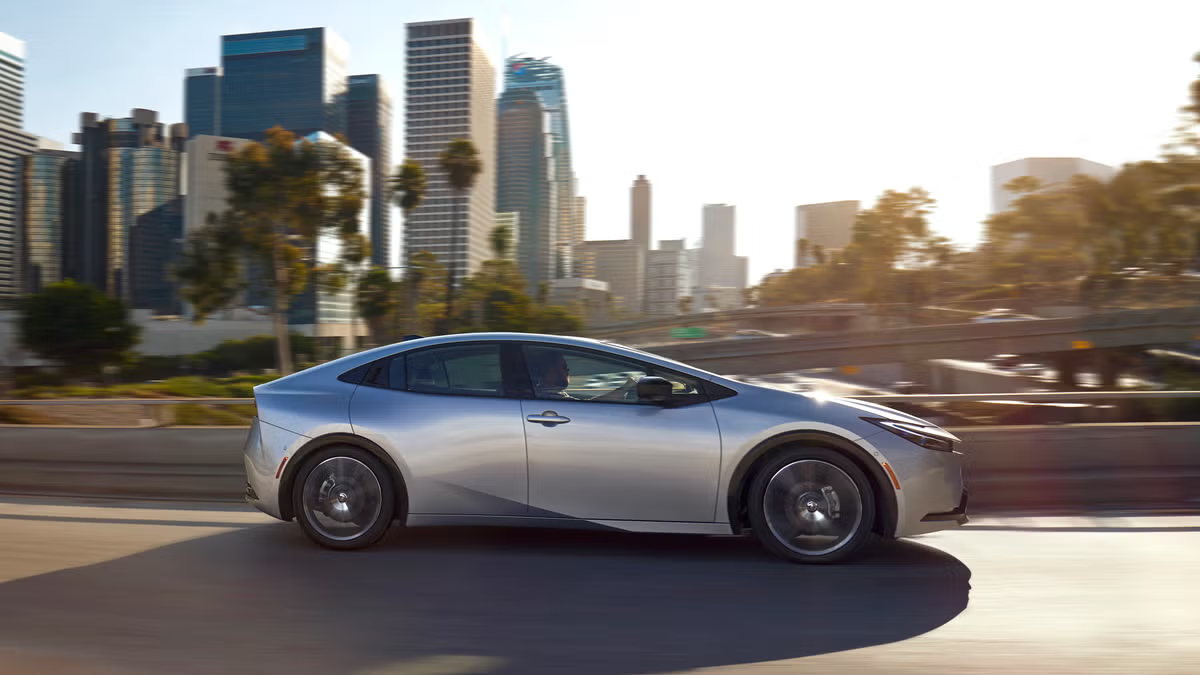As electric vehicles (EVs) become increasingly prevalent, understanding the intricacies of EV charging is essential for consumers, policymakers, and industry stakeholders. This guide delves into the various aspects of EV charging, from the types of chargers available to the importance of equitable infrastructure deployment.
Types of EV Chargers
EV chargers are categorized into three primary levels, each differing in charging speed, power output, and typical use cases.

Level 1 Charging
Level 1 chargers utilize a standard 120-volt household outlet, making them the most accessible but slowest charging option. They provide approximately 2 to 5 miles of range per hour of charging, requiring 40 to 50 hours to fully charge a battery electric vehicle (BEV) from empty. This method is suitable for overnight charging at home, especially for plug-in hybrid electric vehicles (PHEVs) with smaller battery capacities.
Level 2 Charging
Operating at 240 volts in residential settings and 208 volts in commercial environments, Level 2 chargers offer a significant speed advantage over Level 1. They can deliver 10 to 20 miles of range per hour, fully charging a BEV in 4 to 10 hours. Level 2 chargers are commonly found in homes, workplaces, and public charging stations.
DC Fast Charging
Direct Current Fast Charging (DCFC) stations provide rapid charging by delivering high-power DC electricity directly to the vehicle’s battery. These chargers can replenish up to 80% of a BEV’s battery in 20 minutes to an hour, making them ideal for long-distance travel and quick top-ups. However, not all EVs, particularly many PHEVs, are compatible with DCFC.
Smart Charging Technologies
Smart charging refers to systems that optimize EV charging by communicating between the vehicle, charger, and grid to manage energy consumption efficiently.
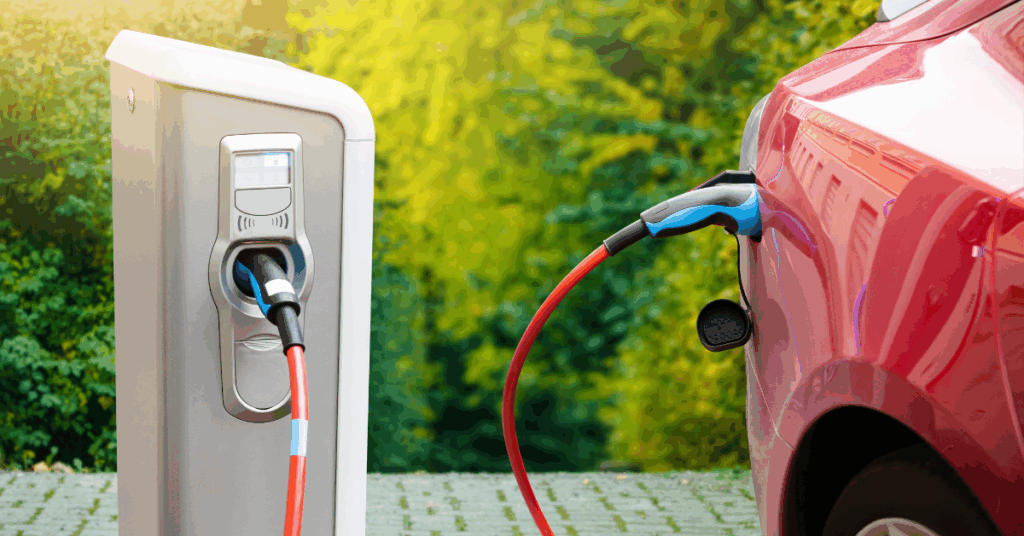
User-Managed Charging (UMC)
UMC allows EV owners to schedule charging during off-peak hours, often incentivized by time-of-use electricity rates. This approach helps flatten peak demand and can reduce charging costs for consumers.
Supplier-Managed Charging (SMC)
In SMC systems, utilities or third-party providers control charging times and rates to balance grid load and integrate renewable energy sources. This method can include Vehicle-to-Grid (V2G) technology, where EVs supply electricity back to the grid during high-demand periods, enhancing grid stability.
Equitable Access to Charging Infrastructure
Ensuring equitable access to EV charging infrastructure is crucial for widespread EV adoption and environmental justice.
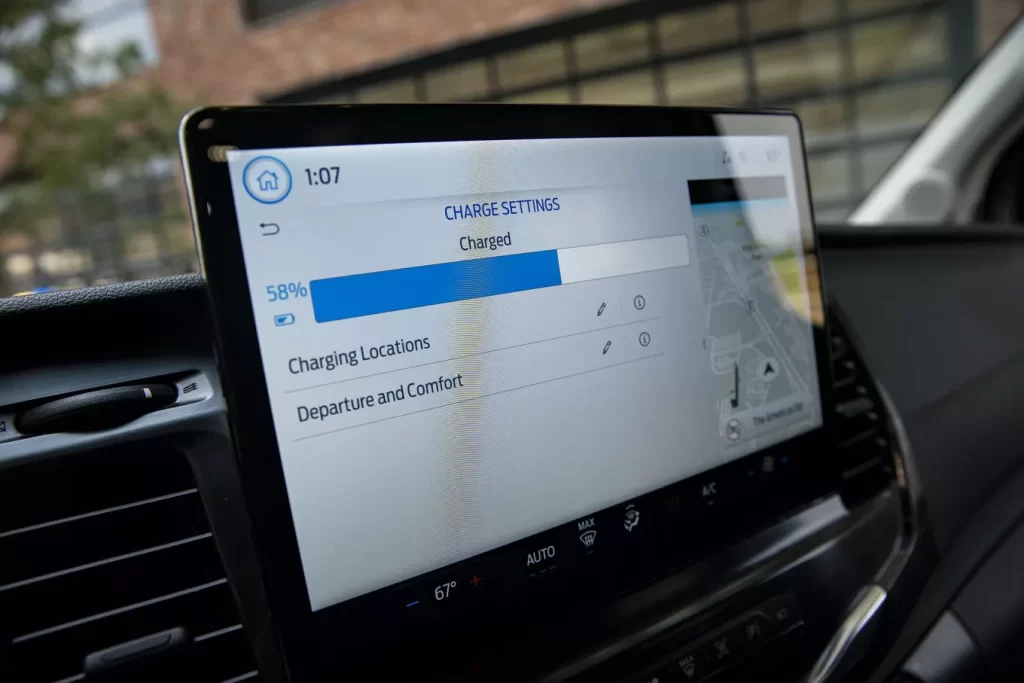
Addressing Charging Deserts
Many low-income and minority communities lack sufficient public charging stations, creating “charging deserts” that hinder EV adoption. Studies have shown that charger distribution often favors wealthier, predominantly white neighborhoods. Addressing this disparity requires targeted investments and policies to expand infrastructure in underserved areas.
Inclusive Infrastructure Planning
Efforts to create an equitable charging network must involve community engagement and consider the unique needs of various populations, including those living in multi-unit dwellings or relying on street parking. Programs like the Neighborhood Access and Equity Grant Program aim to support such initiatives.
The Role of EV Charging in Grid Management
As EV adoption grows, integrating charging infrastructure with the electrical grid becomes increasingly important.
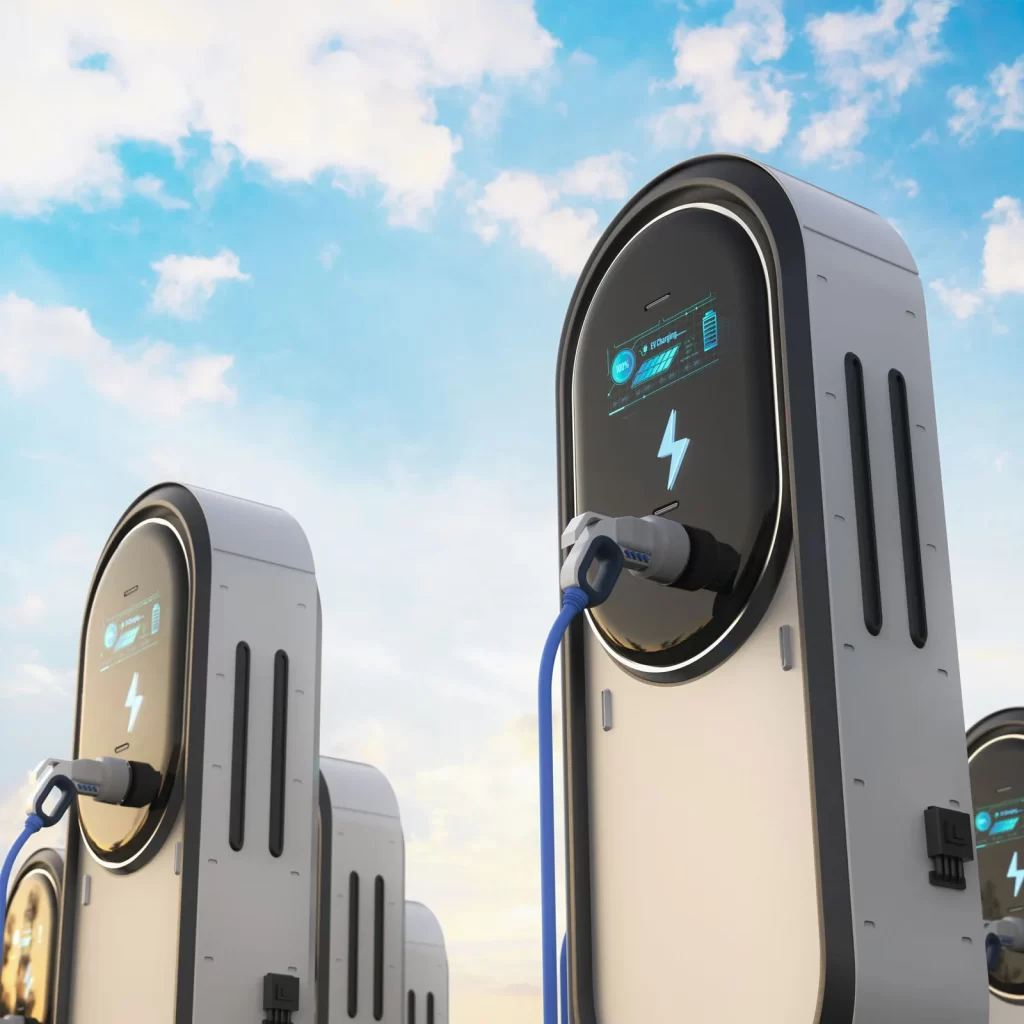
Load Management
Smart charging can distribute electricity demand more evenly, preventing grid overloads and reducing the need for costly infrastructure upgrades. By aligning charging times with periods of low demand or high renewable energy generation, utilities can maintain grid stability.
Renewable Energy Integration
Coordinating EV charging with renewable energy sources, such as solar and wind, enhances the sustainability of the transportation sector. Smart charging systems can adjust charging schedules based on renewable energy availability, maximizing the use of clean energy.
Future Developments in EV Charging
The EV charging landscape is continually evolving, with advancements aimed at improving efficiency, accessibility, and integration.
Bidirectional Charging
Emerging technologies enable bidirectional charging, allowing EVs to not only draw power from the grid but also supply it back. This capability supports applications like Vehicle-to-Home (V2H) and Vehicle-to-Grid (V2G), providing backup power during outages and contributing to grid resilience.
Standardization and Interoperability
Developing universal charging standards and ensuring interoperability among different charging networks are essential for a seamless user experience. Efforts are underway to harmonize connector types and communication protocols across manufacturers and service providers.
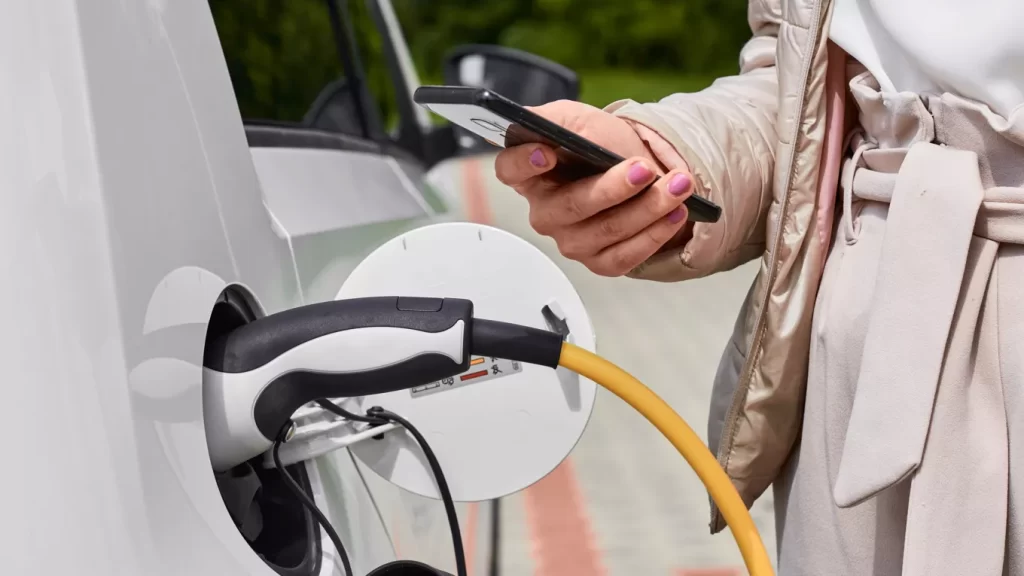
Conclusion
Understanding the various aspects of EV charging is vital for embracing the transition to electric mobility. From selecting the appropriate charger type to advocating for equitable infrastructure deployment, informed decisions can accelerate the adoption of EVs and contribute to a more sustainable future.
